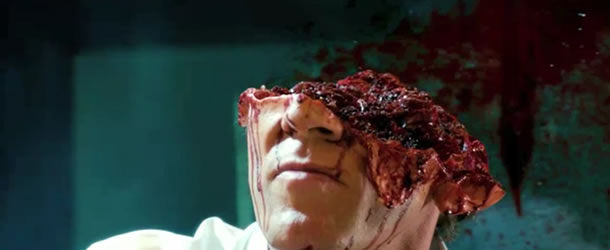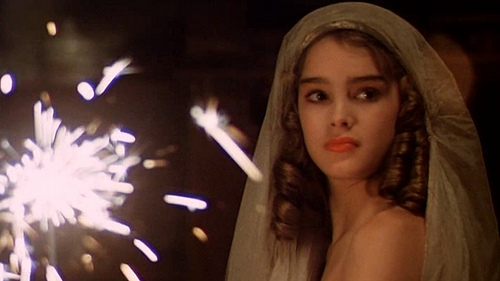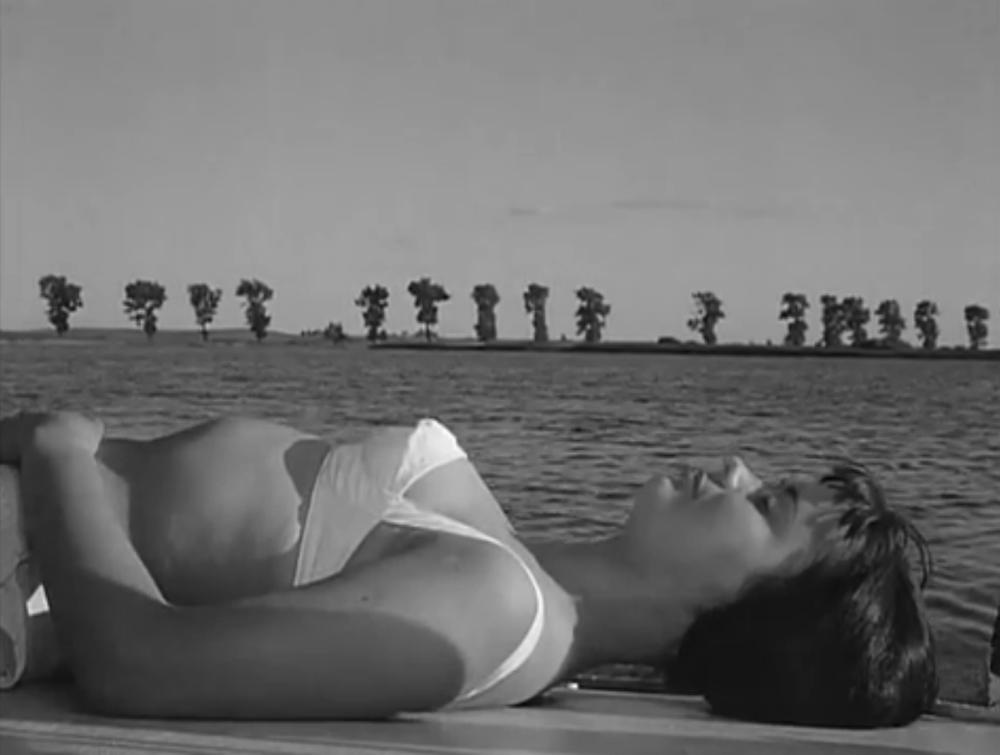Johnny Mnemonic (1995)

Robert Longo directs Keanu Reeves, Takeshi Kitano and Dolph Lundgren in this rubbish adaptation of William Gibson’s cyberpunk thriller about a future courier with too much dangerous data in his head.
The mid 90s were a weird time for Hollywood futurism. Either you got visions of tomorrow where the production was so detailed and persuasive it overwhelmed all the humanity (Judge Dredd, The Fifth Element, Tank Girl or Waterworld) or where such little effort was put in, you finally wondered why bother setting it in the future at all? Johnny Mnemonic joins the likes of Escape From LA and Soldier as movies that literally seem to think the next century would all be dank alleyways, disused subway tunnels and junkyard full of banks of boxy tellies. Worst still, directorial debuting artist Robert Longo is so cinematically incompetent (or embarrassed) that nearly every shot is an actor centred, straight-on midshot. Maybe there were exciting eye candy innovations going on behind the leads or below their waists, we’ll never know. The plot should be a techno-Speed with Keanu racing to dump the explosive overload from his head. Every few scenes we are reminded that this is his goal but for most of the film he ambles along, getting distracted by dull characters monologuing about some pointless conspiracy bobbins. His hero should either be pursued more vigorously, face some seemingly insurmountable obstacles or have rival couriers trying to hack his head or deliver the same data before him. The stakes are there, the tension just isn’t. So instead we rely on weak, uncommitted performances lacking humour or believability, often spouting dialogue that has nothing to really add. No one walks away clean, a nadir for everyone involved.
2








